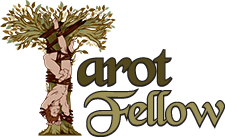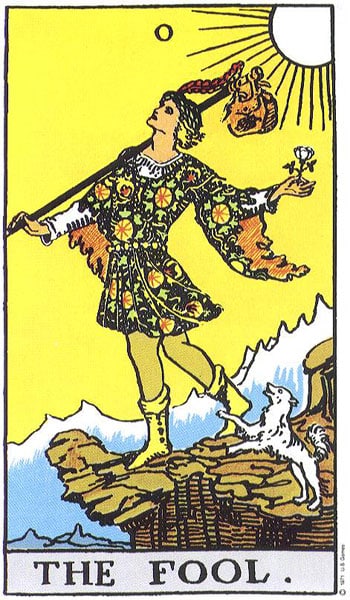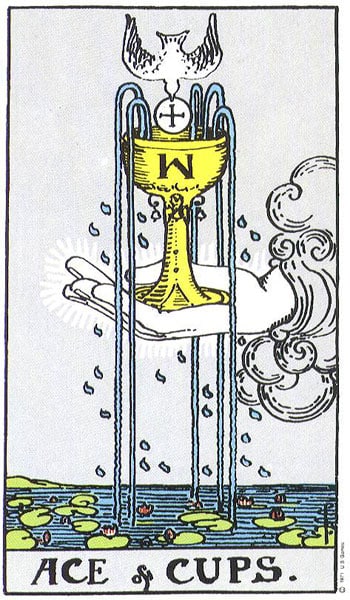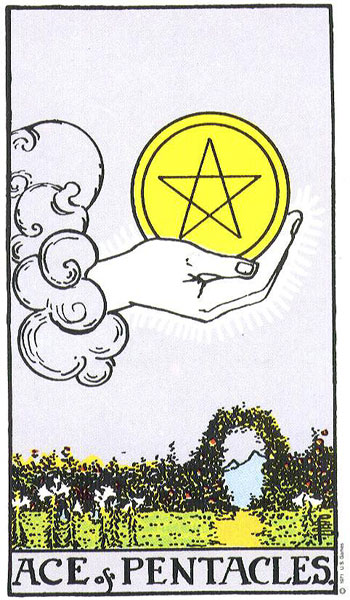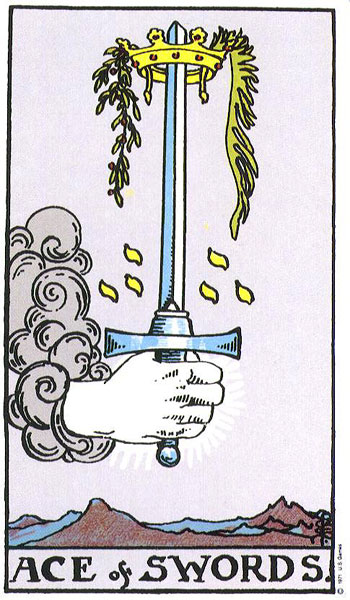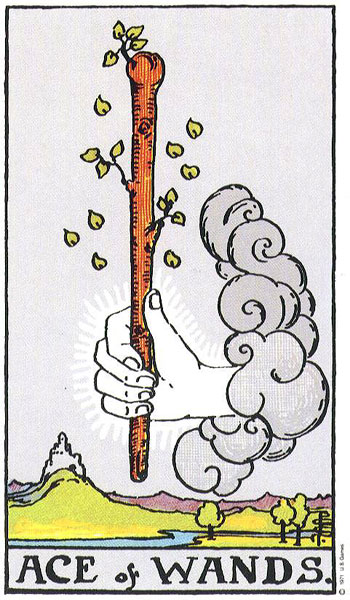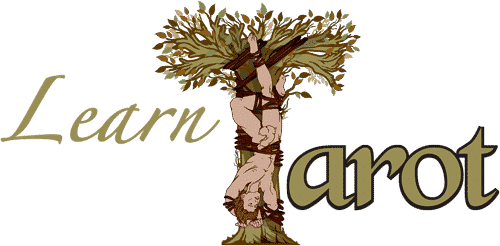
THE KEY TO READING THE CARDS IS KNOWING THE STORY THEY TELL
If you’ve found this site, then you’ve probably found many others that offer keywords and card descriptions. My approach to teaching Tarot is different. I prefer you to put down the books, stop memorizing keywords, and immerse yourself in the stories that cards tell. This way, when you lay out a reading for yourself or for others, you’ll be able to see the major plot points of that story, as well as how the threads all weave together to mirror that person’s life in your reading.
Keywords are best learned only after you know the story as reminders of the main plot-points.
To this end, hovering over a card in this section will show you keywords, but if you’re new, I’d highly suggest clicking right through them and getting to the meat of the story!
The Shadowed Perspective
There are many sub-plots within the Tarot. How do you know when you should interpret a card’s main meanings, or look for a deeper, hidden aspect inside the story? Reversals are one well-respected method, but I find traditional methods for reading reversals (reading them as blocked versions of the upright meaning, delays, or opposites) don’t capture the depth you need to interpret them.
So, I’ve coined a new term I feel better fits my relationship with Tarot. I call these sub-plots or variations of primary card meanings, “shadowed perspectives.”
While looking at card meanings, you’ll notice I don’t pull out specific meanings for shadowed perspectives, and that’s because they are part of the card’s overall story! Look for bold words to clue you into shadowed perspectives.
